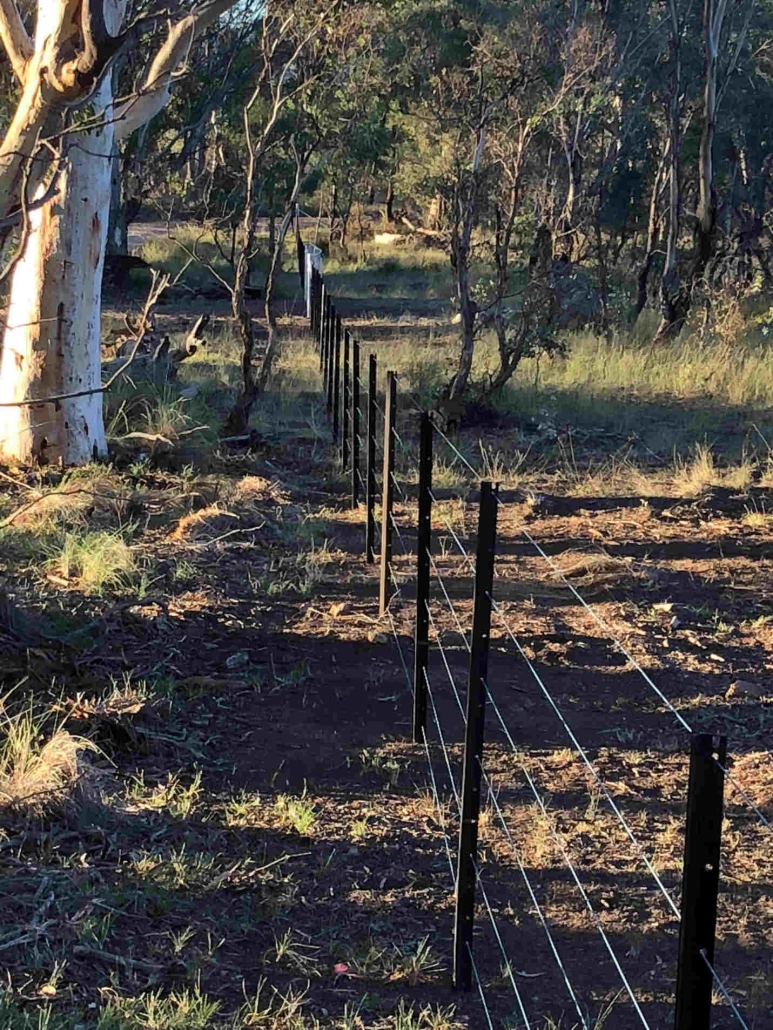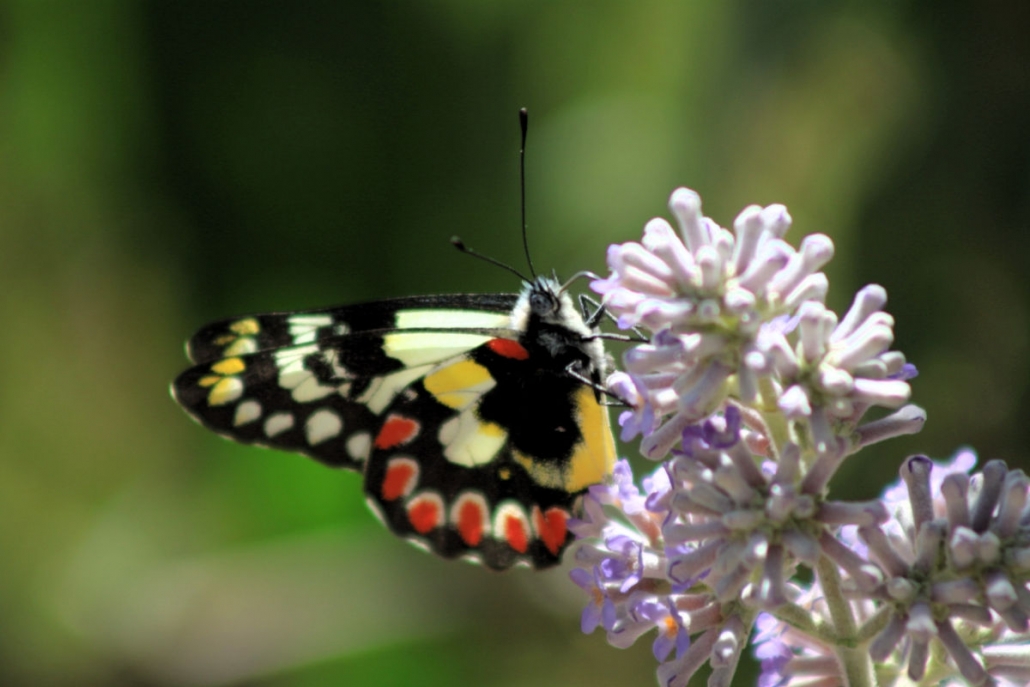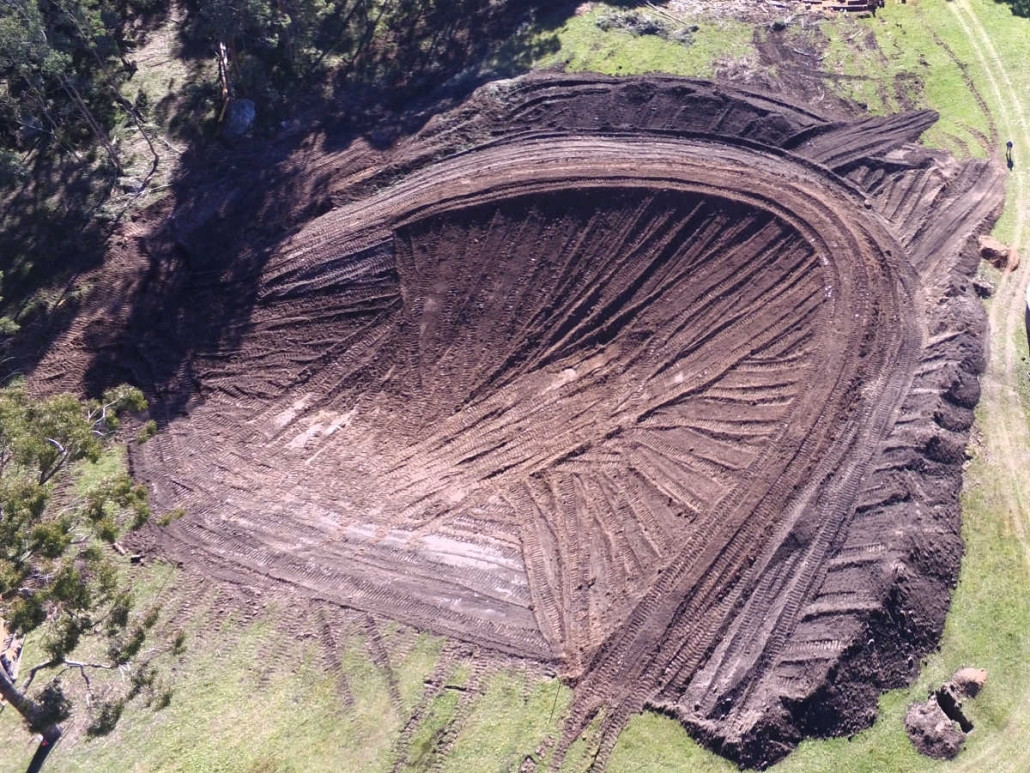Grants for bushfire affected landholders and small business
A couple of funding packages providing additional support for businesses indirectly affected by bushfires and landholders who experienced damage to boundary fencing were announced this week.
Businesses in our region indirectly affected by bushfires are now eligible for the $10,000 Small Business Bushfire Support Grant which has now been extended to cover the Mid-Western LGA.
The expansion of the Small Business Bushfire Support Grant to cover businesses that have suffered hardship as a result of the recent bushfires in an additional 13 LGAs was announced by Federal Minister for Emergency Management, David Littleproud, and NSW Deputy Premier and Minister responsible for Disaster Recovery, John Barilaro, this week.
To be eligible, businesses must have experienced a 40 percent drop in revenue over a three-month period, compared to last year, because of the bushfires. Businesses that have received financial assistance via other grants may still be eligible for the $10,000 grants.
For small business assistance please contact Service NSW via www.service.nsw.gov.au or 13 77 88.
As part of the COVID-19 economic stimulus package the NSW Government has committed $209 million to help bushfire affected landholders rebuild boundary fencing adjoining public land.
Private landholders who were affected by bushfire activity from August 2019 to February 2020 and share a boundary with National Parks, Forestry Corporation land, travelling stock reserves, Crown reserves, tenured roads and leases, or roads managed by Roads and Maritime Services or Local Government are eligible to apply.
The ‘Supporting our neighbours – public land boundary fencing program’ will enable eligible landholders to receive up to $5,000 per kilometre as a one-off grant payment. The funding can be utilised to purchase fencing materials or contribute to procurement of both materials and labour from a licensed fencing contractor.
Landholders are encouraged to install wildlife friendly fences with plain top wires. Use of fire-resistant materials, such as ironbark, tallowwood or concrete posts, is also recommended.
Landholders who have already completed work to replace damaged fencing can apply retrospectively.

Total funding of $209 million is available, of this $90 million is to be allocated by the end of this financial year. Final funds are to be allocated by 30 June 2021 and all work completed by 31 December 2021. The program recognises that due to the on-going COVID-19 situation supply chain issues may be experienced, limiting supply of fencing materials. Local project officers will work with landholders on a case by case basis should problems arise.
Expressions of Interest can be lodged online: www.lls.nsw.gov.au/fencing, or by calling 1300 778 080. Further information and the program guidelines are also available on the website. You can also request a call-back from the Fencing team via the Messenger function on the Central Tablelands LLS Facebook page (https://www.facebook.com/CentralTablelandsLLS).
And a reminder that Local Land Services offices are now open by appointment only and all contact should be done online or via telephone. The best way to contact Local Land Services during this period is by sending an enquiry online via www.lls.nsw.gov.au or by calling 1300 795 299.


